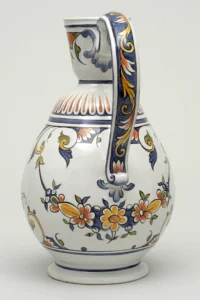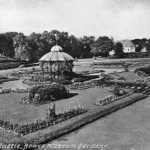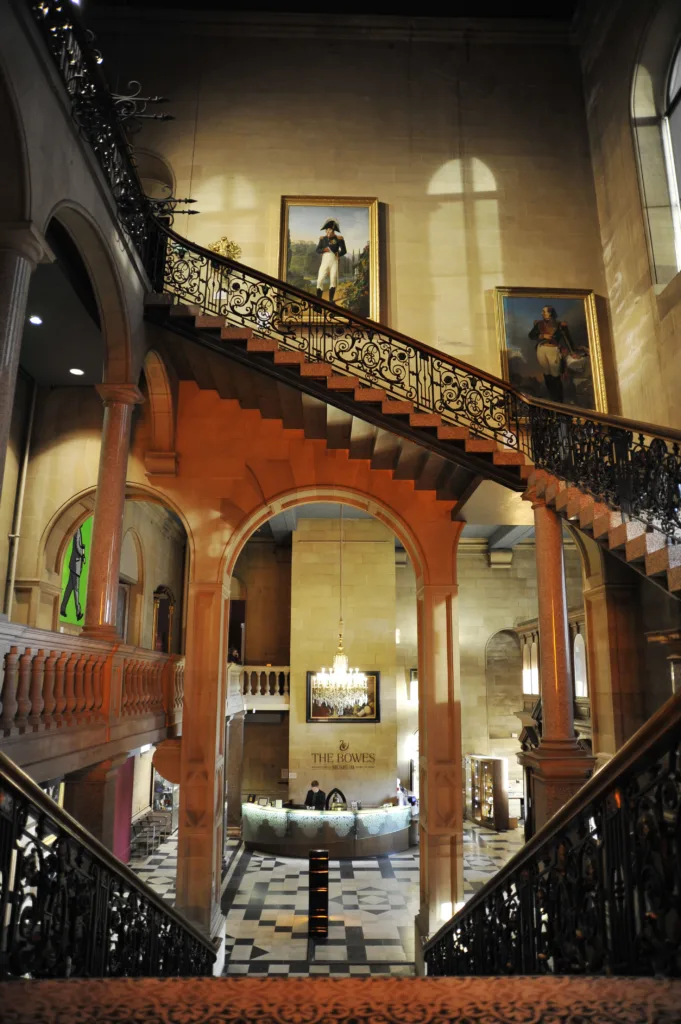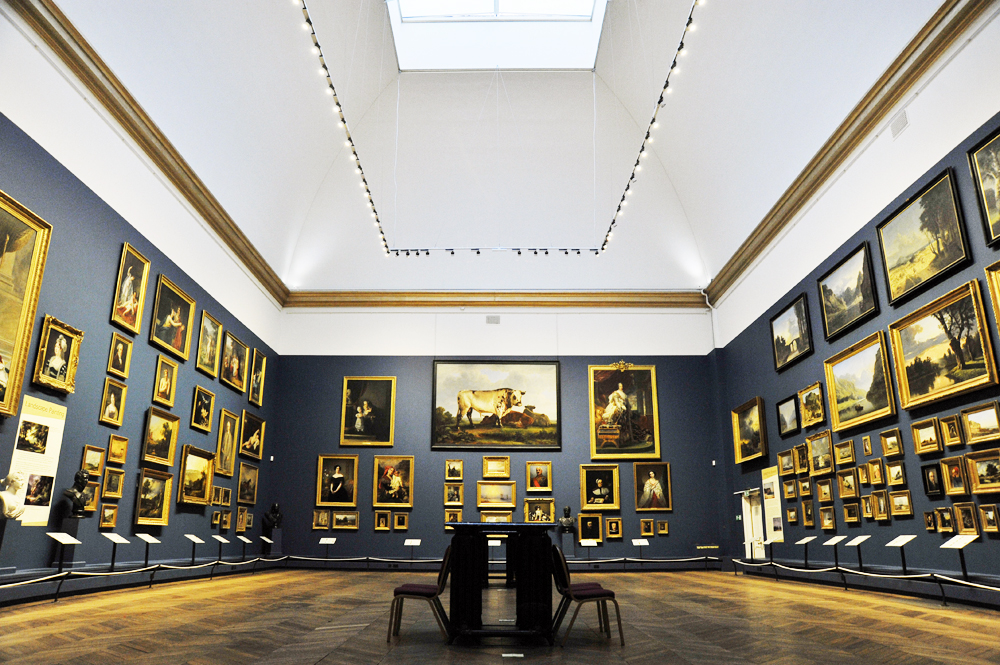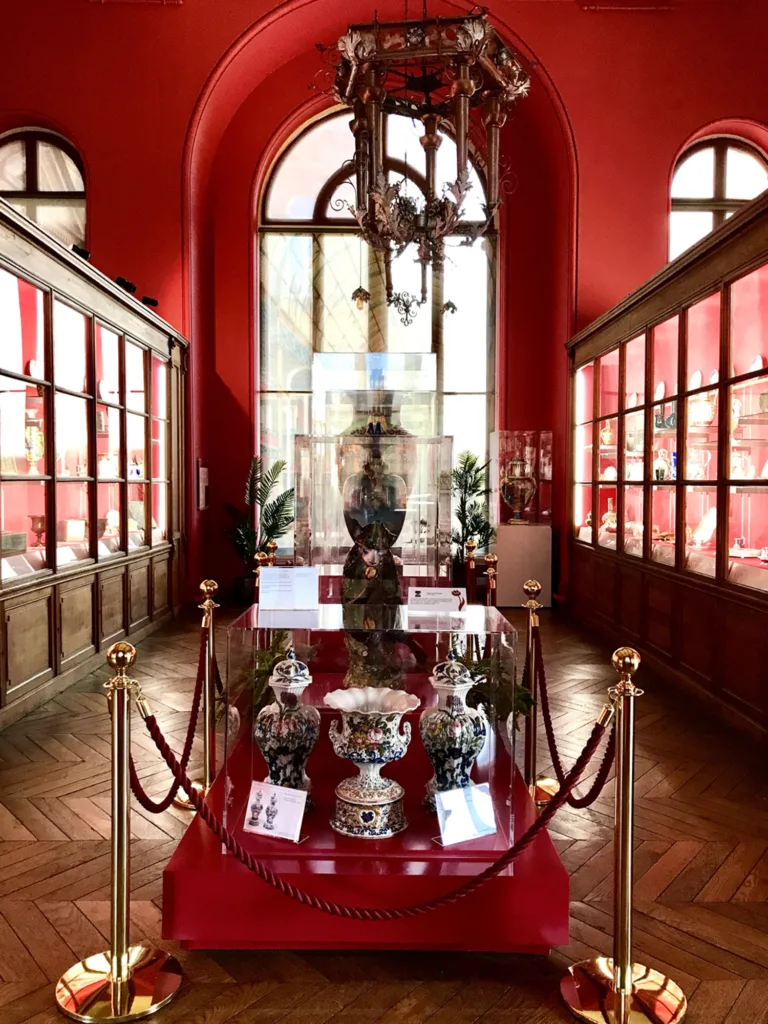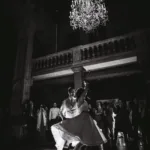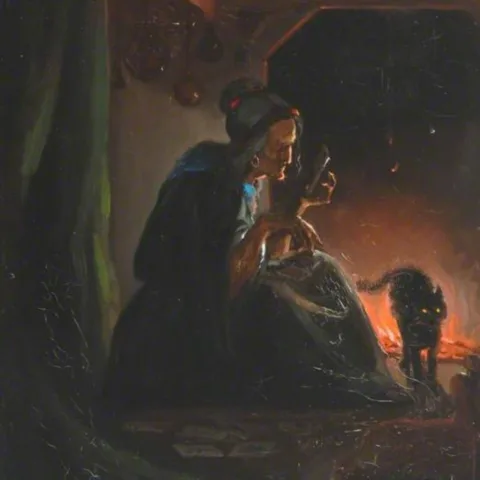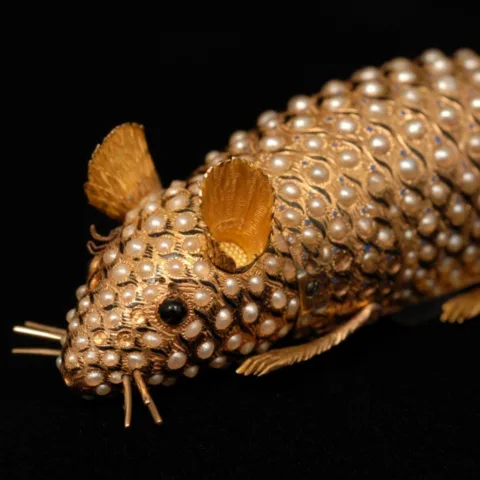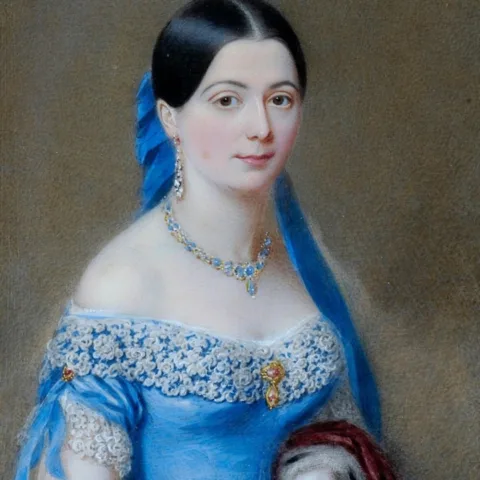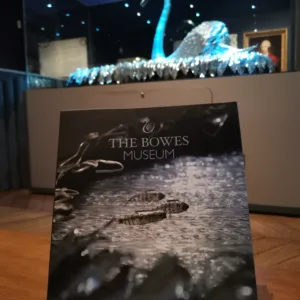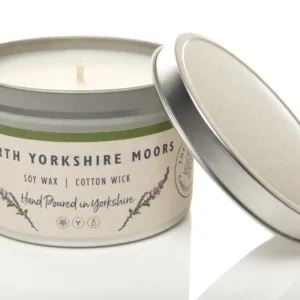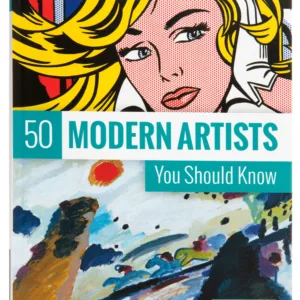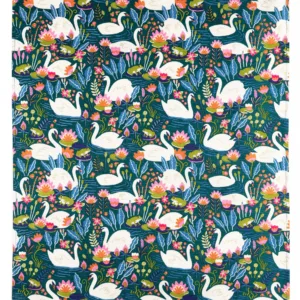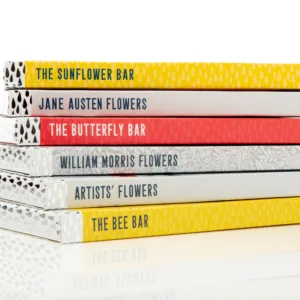The Bowes Museum Blog

A Building of Love

In the mid 19th century John Bowes was a dapper gentleman in France with considerable wealth, owning a prime location Parisian theatre, Theatre de Varietes. Although criticised by many during his management at the theatre, I would like to think this is possible the beginning of the best period of John’s life as he falls in love and in 1852 marries Joséphine Coffin Chevalier, his favourite actress with the stage name of Mlle Delorme at Theatre de Varietes. We know from previous records such as letters to friends and family, that John made a promise to never get into an arranged marriage just for the sake of it. This was a commitment made of love and we can see in the future years they were a perfect match. John was a tall, calm, rational man with a business head, whilst Josephine as proved by her surviving wardrobe, was 5 foot, determined, witty and motivated to become whatever she wanted to be. John Bowes and Joséphine Coffin Chevalier were the 19th century power couple that will become our founders. They did not knew the journey they are embarking on, nor the legacy they will leave us and the people of Teesdale, in The Bowes Museum and its collections. But most importantly is the love, dedication and respect they had for the place and each other in the making of this elaborate French chateau.

The Château du Barry at Louveciennes by Josephine Bowes, Oil on canvas
After the wedding they were settled in France and John gifted his young wife as a wedding present the Chateau du Barry, which they refurbished together and adorned with their new collection. But John needed to come home for business very often and the commute between England and France was long and sometimes frightening, Josephine was not a big fan of crossing the channel. In 1862 they decided to sell the French chateau and buy several plots of land in the small town of Barnard Castle, the homeland of John and his family, to start building their own.

The Bowes Museum plan
The Bowes’ chosen architect for their Museum, the Frenchman Jules Pellechet, produced a building as massive and imposing as the grandest constructions in France at the time. We think because Josephine not only moved to England but to her husbands county, John in return offered her a French chateau as a gift for leaving her beloved country. John Bowes also employed John Edward Watson of Newcastle as the English architect in charge of the actual building process, working with Pellechet’s designs.
After many changes and deliberations, on 27th of November 1869 Josephine laid the first stone saying:
‘I lay the bottom stone, and you, Mr Bowes, will lay the top stone’.
The silver trowel she used for this ceremony was engraved marking the occasion and can be seen today in the John and Josephine Galleries. In the following years, they continued avidly collecting and adding amazing artworks to their already fabulous collection.

In January 1871 The Builder magazine announced that a ‘remarkable building’ was under construction in Barnard Castle; described as being
‘designed as much for a museum and galleries as for a mansion…’.
The building followed the French style that John and Josephine Bowes instructed their architects to copy. According to the Teesdale Mercury in August 1870:
“It is designed in the French Renaissance style of architecture, very elaborate and ornamental in character, portions and details of which are taken from the Tuilleries (sic), in Paris; the Hotel-de-Ville, Havre; and other public buildings in France…”
From existing letters we can see that Josephine must’ve had a great character and a charming personality, easily making friends with leading artists and dealers of the time. This is proven by her correspondence with possibly one of the biggest ceramicist of the 19th century, Emile Gallé. In early 1871, she decided to change the roof of the towers at either end of the Museum and shared her plans with the artist. Gallé wrote to her:
“I agree with you Madame, the roofs, especially those at the end, would benefit from being raised with a higher roof or gallery; this modification would add greatly to the splendour of the ensemble” It is Gallé who also provides us with a reference to the Tuileries in the same letter: “…is it really your wish to re-erect our poor Tuileries in England? ” The Tuileries had burned down during the Commune of 1871.
This ceramic jug painted with a portrait of King Stanislas Leszczynski, was a gift from Emile Gallé to Joséphine Bowes for her new museum.
Early plans show the staircase is shown as rising up both sides of the entrance hall. However, the plan in The Builder clearly shows the staircase in its current location, to the side of the entrance hall, so the design was clearly altered before the publication of The Builder. With a few aesthetic changes , the picture galleries are the same layout as intended by John and Josephine.

Picture Galleries after the grand opening
Carved on the outside of the building today are two coats of arms, one depicting the initials JMB for Josephine Montalbo Bowes, the other the arms of the title that John purchased for Josephine, Countess of Montalbo. Also, the initial casts of the capitals are in the archive with one example exhibited in the John and Josephine Galleries.

This great labour of love, The Bowes Museum opened in June 1892 and although neither John nor Joséphine Bowes were no longer alive to welcome their guests, over sixty thousand people turned up in the first year of operation, the Newcastle Chronicle wrote,” The Bowes Museum is an institution which will probably do more in future years to bring fame and fortune to that quaint town than all its other attractions put together.”
Today at the Museum you can find besides the wonderful collections that John and Joséphine so lovingly acquired during their life times, the additions made by the curators past and present and an array of contemporary exhibitions and events.
We are also very proud and honoured to welcome those that want to spend their wedding day in our setting. The Bowes Museum was the product not only of a couple in love with the arts, but also in love and dedicated to each other, battling all 19th century judgement and stereotypes and living their lives as they wanted to.
‘We had the most wonderful wedding day and everything was just how we had pictured it!’ Annie and James
To see how the Museum is transformed for weddings and to appreciate just how beautiful a wedding setting in the Teesdale area is, please visit the Belle Bridal Magazine article about Sarah and Daniel’s Wedding here.


